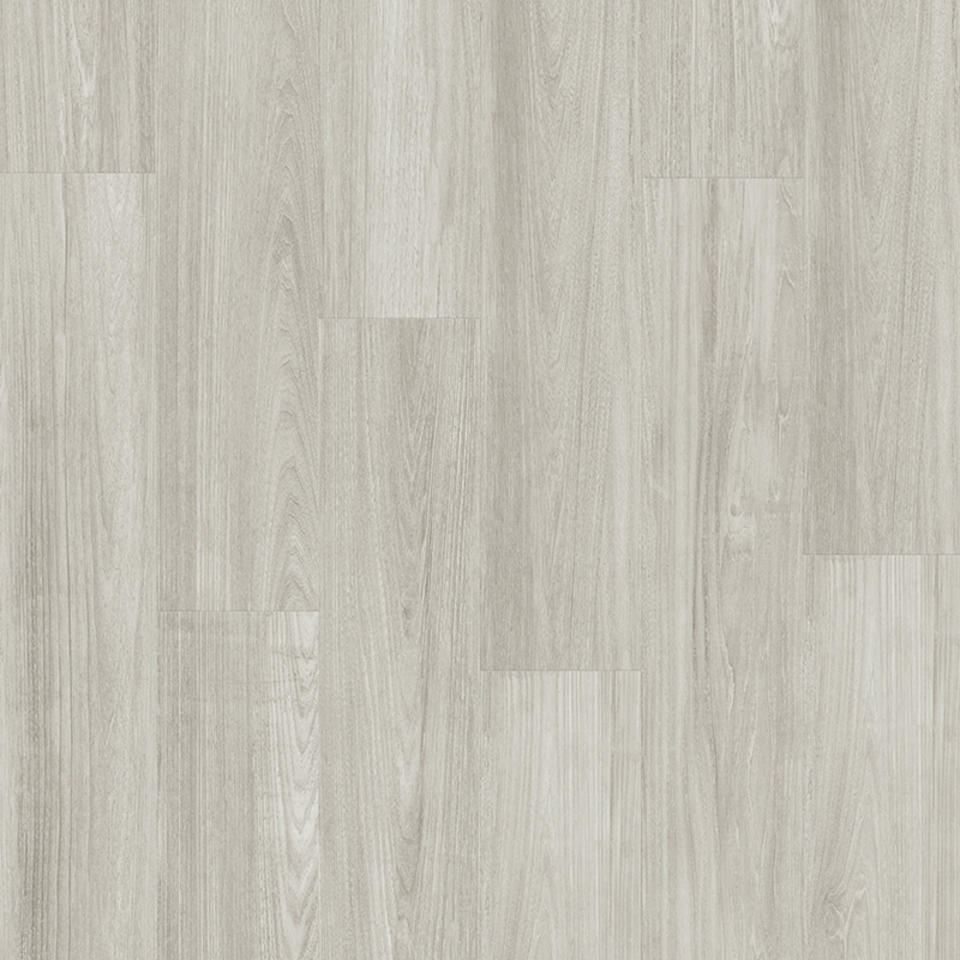

Oxygen and sulfur dioxide are the two primary non-metal compounds that cause tarnish on metals. The key takeaway from this section should be that rust is never a good thing, but the others are great when controlled. You might be chasing the aesthetic or trying to get rid of it, but they’re all unique in their own ways.

This suggestion, along with the other four, are the exact reasons that nobody intentionally rusts a surface.Īs you can see, there are several differences between these three substances. Patina and tarnish don’t cause any harm unless you’re using chemical sprays to artificially change the color. Finally, rust is typically very dangerous when it causes cuts or gets into the bloodstreams.It also breaks away at the surfaces, causing unwanted cracks. On the other hand, rust shows up as a red-orange color that’s not quite as good looking. They’re often visually appealing to people who prefer vintage appearances. Tarnish and patina are usually grey, black, or green.They look very similar at times, but the differences can’t be mistaken. Both processes (including patina as well) can’t occur on most solid iron surfaces. Tarnish happens to copper, brass, aluminum, silver, and a few other metals.They’re much more likely to happen in outdoor environments, but rust can occur in any environment that fits the aforementioned requirements. Another difference between the three processes is that rust is created by moisture and oxygen, whereas tarnish and patina are made by oxygen exposure alone.Tarnish and patina aren’t too dangerous at all since they’re simply a discoloration. Rust starts to chip away and corrode the metal surface, creating porous cracks and hazardous, sharp edges. Rust is caused by deterioration, whereas tarnish and patina are made through oxidation.It’s also quite a bit more dangerous in most situations.īelow, you’ll find the five main reasons that make rust, tarnish, and patina so different from one another: Rust is the outlier of the group since it’s formed through a separate process and with different types of metal. Patina is simply a form of tarnish, which makes it the same thing in a sense. How Is Rust Different From Tarnish and Patina?Īs mentioned above, tarnish, and patina are very similar. How Is Rust Different From Tarnish and Patina?.

To help shoe retain their original shape, store them by putting a shoe tree in your shoes.Finally buff it gently with a horsehair shoe brush to give the finishing touch.Leave for about 2 minutes to let it dry and sleep through the leather. You can also use a neutral shiner/cream polish for all leathers irrespective of their colour. Apply the same colours shoe shiner/cream polish to enhance the shine.Clean off all the dust from the shoe with a clean cloth.clean and polish them before and after every wear. Every shoe comes with an extra cushioned footbed for unmatched comfortĮvery lather shoe requires care if you want them to last long.Construction: Blake stitched construction (Hand stitched), Cemented construction.Upper finishing: Hand burnished finish, Patina finish, Patent leather, Calf leather.Soles available: Argentinean Leather, Rubberised EVA, Rubber sole, Lightweight Tunit sheet.
#Grey and patina how to#
Kindly drop an email to for more information on how to get perfect pair made as per your desired specifications. You can also send across your measurements to us over an email/whatsapp for an accurate fit. You can choose any shape, colour or design and make your custom pair as well. We have 150+ design catalogue to help you choose the best for yourself. Every single shoe is totally hand burnished that makes it unique to any other pair of shoe. The product you see is 100% handmade and is a result of hours of labour and craftmanship instilled in it.


 0 kommentar(er)
0 kommentar(er)
